Indian Museum of Kolkata, also famous as Kolkata Museum or ‘Jadu Ghar’, is an important historical landmark in West Bengal. Founded in 1814, Kolkata Museum is the oldest museum of Asia and largest in India. Indian Museum of Kolkata is also the 9th oldest museum in the world. When Kolkata Museum was established, the concept of museum didn’t even exist. Hence, the initial of the Kolkata Jadu Ghar is extremely interesting in the history of Indian Museums.
Kolkata Jadu Ghar houses a grand collection of more than a 100,000 collection of art and artefacts. The extensive range of collection depicts cultural history of India, from pre-historic to pre-Independence era. Pre-historic fossils and skeletons, antiques, art and paintings from different period of ancient to modern era is a substancial feature of Indian Museum of Kolkata.
Kolkata Museum operates as an autonomous organization directly under the Ministry of Culture, Government of India. The foundation of Indian Museum in Kolkata eventually made ground for more than 14,000 museums that exist presently in India.
Asiatic Society Initiatives
The history of Indian Museum of Kolkata begins with the foundation of the Asiatic Society of Bengal in 1784. Sir William Jones founded Asiatic Society of Bengal started focusing on collect, keep, care, display of natural and man made objects. Asiatic Society progressed rapidly on the concept, soon gathering hundreds of such collectibles. Unfortunately, circumstances of Bengal was not quite favorable to build a museum in quick time.
East India Company (EIC) granted a site in 1805 for the Asiatic Society. Asiatic Society got their first home in 1908, at the corner of Park Street and Chowringhee Road. The possibility to build the first museum of Asia in Bengal looked fair now. Six years later, Danish botanist Nathaniel Wallich wrote a letter to Asiatic Society council to form a museum. He wanted to donate many of his personal valuable collections for the museum. The council of the society accepted the proposal. As a result, the Oriental Museum of Asiatic Society, the first museum in India, was founded on February 2, 1814.
But the challenge occurred after sir Wallich retired. Asiatic Society had to start paying salaries to the following curators, ranging from Rs. 50 to Rs. 200 per month. Financial challenges worsen around 1836, when Palmer and Company, the bankers of the Asiatic Society, became insolvent. Unfortunately, the government had yet to take step forward to bear the operational cost of the museum.
Asiatic Society kept writing letters to the government asking for a new public museum. The EIC had backed the Oriental Museum of Asiatic Society financially in many ways. But, lack of such act in place, resisted EIC to build a public museum. However, repetitive request from Asiatic Society led the work began of the necessary act. The first Museum Act in India was eventually passed in 1866, by the British Indian government.
Foundation of Indian Museum Kolkata
The present location of Park Street area was allocated in 1866, for construction of Indian Museum of Kolkata. Asiatic Society of Bengal founded the present Indian Museum of Kolkata building in 1867. The construction continued for 8 years. The first museum of India and Asia was eventually established in 1875. Dr. Nathanial Wallich became the founder curator of present Indian Museum of Kolkata.
Sir W L Granville was the chief designer of Kolkata Museum. However, Sir Thomas Holland had a massive contribution in preparing the design of Indian Museum of Kolkata.
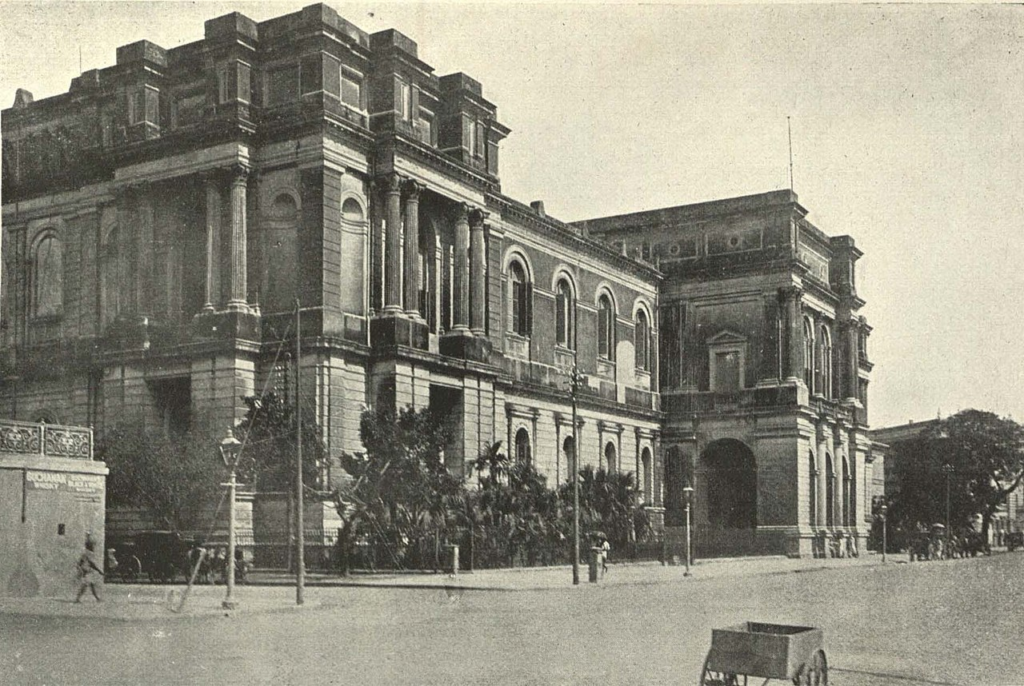
Indian Museum started began in Calcutta with only six galleries, namely:
- Art
- Archaeology
- Anthropology
- Geology
- Zoology and
- Economic Botany
With few new inclusions and sub-divisions, the Indian Museum presently consists of 14 galleries. Some of the important galleries exhibiting historical elements are:
1. Bharhut Gallery
Bharhut Gallery is one of the special inclusions as a sub-category of Archaeology Gallery. The gallery exhibits the only surviving gateway and railings of Shunga period. In 1873, Sir Alexander Cunningham had discovered these architectural remains from Bharhut, a place from Satna district of Madhya Pradesh.
The railings and gateway carvings represent remarkable artistry of ancient Shunga period (185-73 BCE).
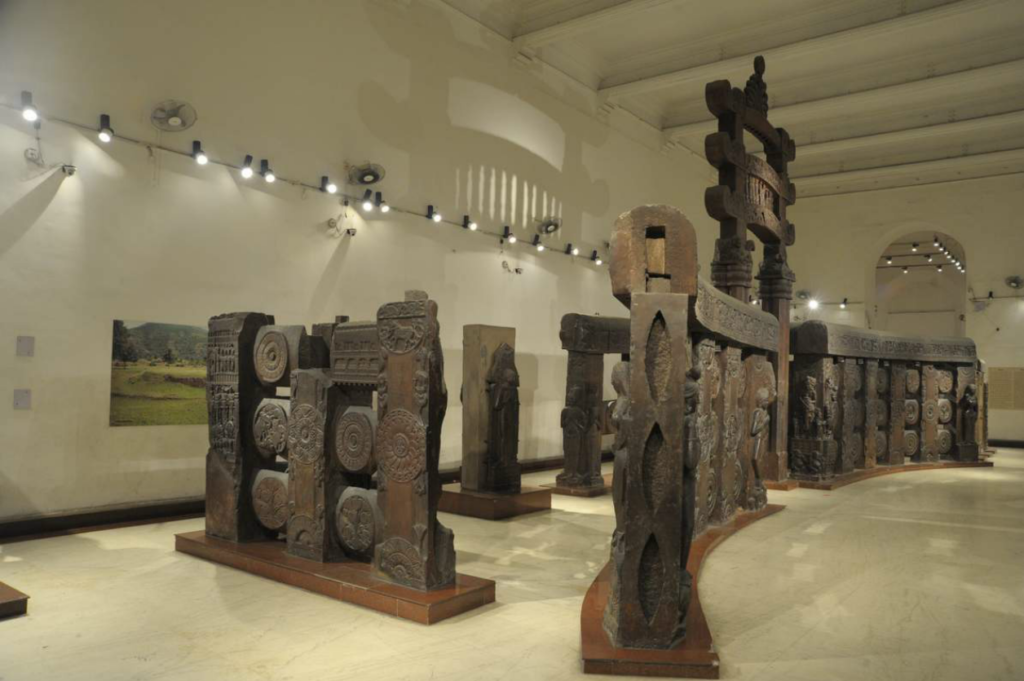
Red sandstones were delicately carved which depicts Shunga fine arts of second and first century BC. Bharhut carvings depict Jataka tales, plants and animals, gods and goddesses etc. However, life story of Lord Buddha is one of the most remarkable carvings under display.
Images of some of those carvings displayed at Bharhut Gallery of Kolkata Museum is given below.



2. Bronze gallery of Kolkata Museum
Indian Museum also has several valuable collection of metal sculptures from classical and medieval ages of Indian history. Bronze gallery is also another new inclusion with many Bronze or metallic sculptures of ancient and classical age of Indian history.

Bronze sculptures represent cultures of different kingdoms from different parts of Indian subcontinent. Among the metal sculptures, bronze idol of Buddha and several gods and goddesses are most noticeable.
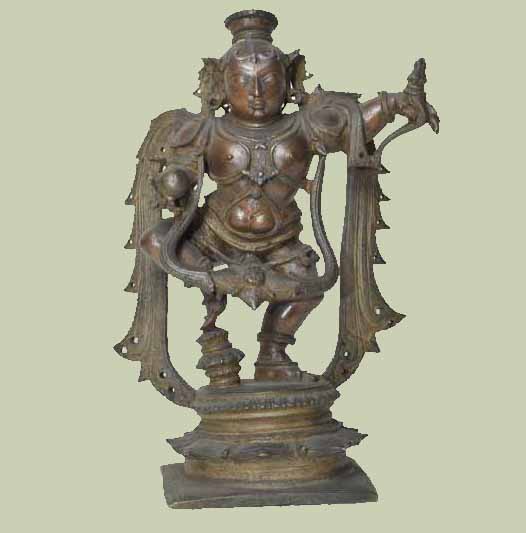
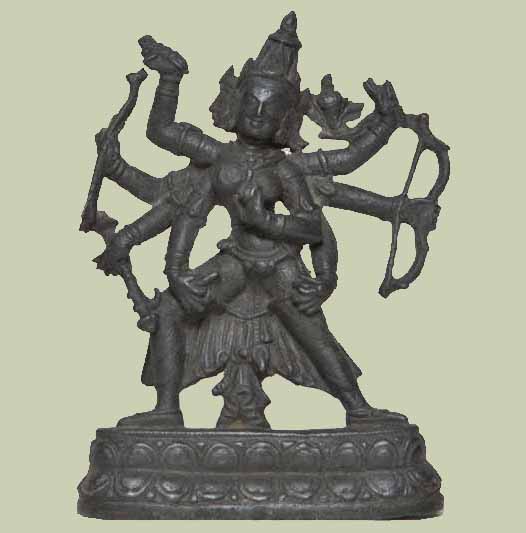

3. Coin Gallery
Indian Museum of Kolkata has a very large but very unique collection of coins from different periods of history of India. Total collection counts more than fifty two thousand.
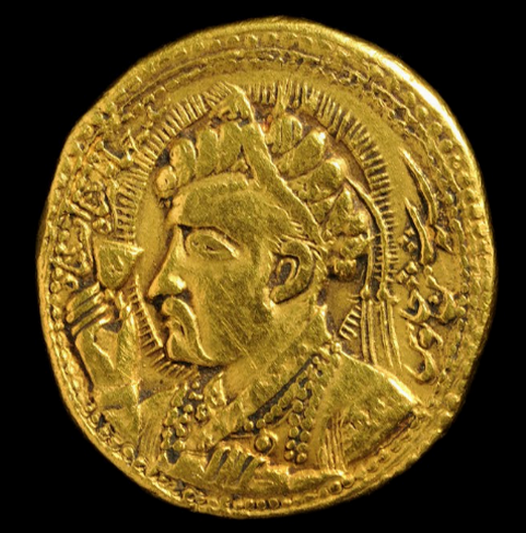
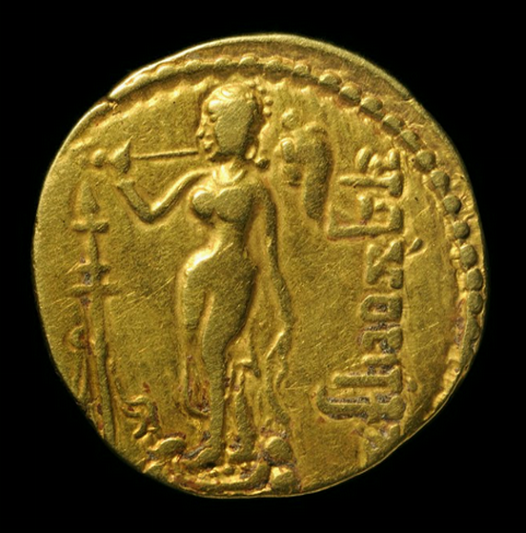
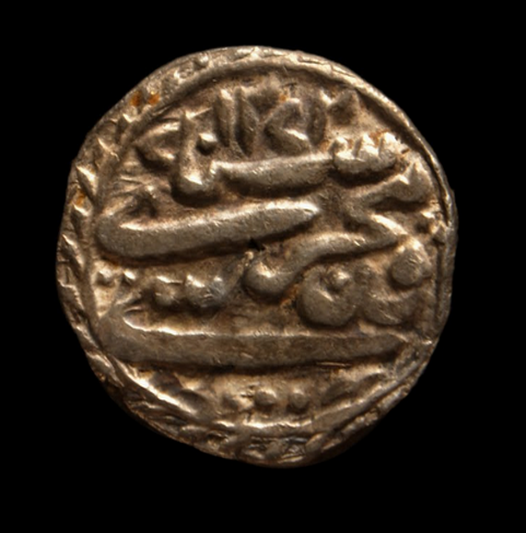
Collection of coins range from fifth century BCE to the present age, from various parts of Indian subcontinent. Coin gallery of Kolkata Museum also displays few replicas of uninscribed coins of ancient and classical ages.
There are several other galleries that were added only during last few decades, namely:
- Egypt Gallery: consists of many Egyptian antiques including a Mummy.
- Painting Gallery: exhibits many paintings of Mughal Period, Rajasthan, Deccan etc.
- Bird Gallery
- Insect Gallery
- Mammal Gallery
- Decorative Art Gallery
- Mask Gallery
- Textile Gallery
- Gandhara Gallery: Many sculptures from Gandhara School of Arts.
Collections of Indian Museum Kolkata
Nathaniel Wallich initially had proposed five sections- archaeological, ethnological, geological, zoological and a technical section. He donated many of his valuable collections to the Oriental Museum, which Asiatic Society later transferred to Indian Museum. Apart from Sir Wallich’s donations, several donations came from different parts of India. According to records, 27 European donors donated 174 valuables from their collections in 1816.
Many Indian donors were encouraged by these European donors. They also came forward and started gifting various items. As a result, collections of the Oriental Museum soon flourished with many valuable paintings, antiques and other items. After foundation of the Indian Museum of Kolkata in 1867, Oriental Museum transferred many of its collections to it.
Asiatic Society had played a critical role in development of Kolkata Jadu Ghar. The society had donated many of its belongings to the Kolkata museum. However, present Asiatic Society of Kolkata still has a museum of its own, especially enormous collections of Sanskrit manuscripts, paintings, pamphlets, maps etc.
Frequently asked questions about Indian Museum Kolkata
Kolkata Museum is open between Tuesday and Sunday, however remains closed on every Monday. One can visit the museum between 10:00 AM – 5:00 PM in a week except Mondays. Apart from that, Indian Museum doesn’t open on the Holidays like Republic day (26 January), Independence Day (15 August), Gandhi Jayanti (2 October), Holi, Dussehra, Diwali and Eid-ul-fitr.
Indian Museum of Kolkata charges a nominal entry fee of Rs. 50/- for Indian adults and Rs. 20/- for children above 5 years. However, there is no entry fee for children below 5 years. For foreigners, entry fee is Rs. 500/- per person.
Yes, photography is allowed inside the Kolkata Museum but on chargeable basis. Charges are mentioned below:
Smart Phone with Camera – Rs. 50/-
Camera – Rs. 100/-
Small Video Camera – Rs. 2,000/-
Camera with Stand – Rs. 5,000/-
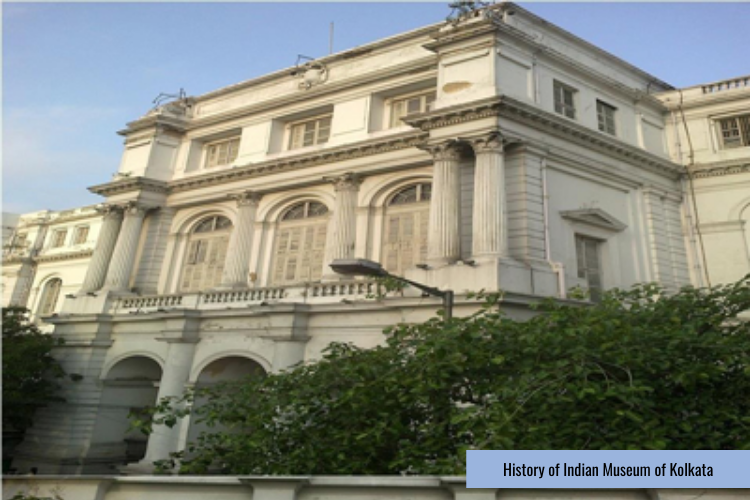
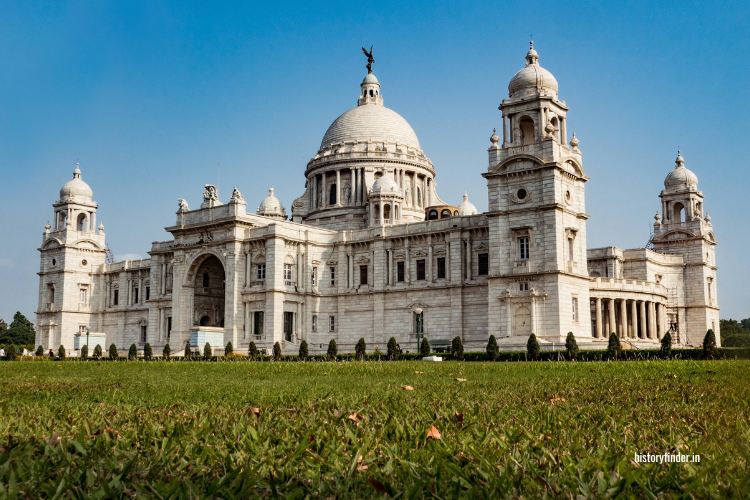
Pingback: Bharhut Stupa ruins: discovery and history - History Finder